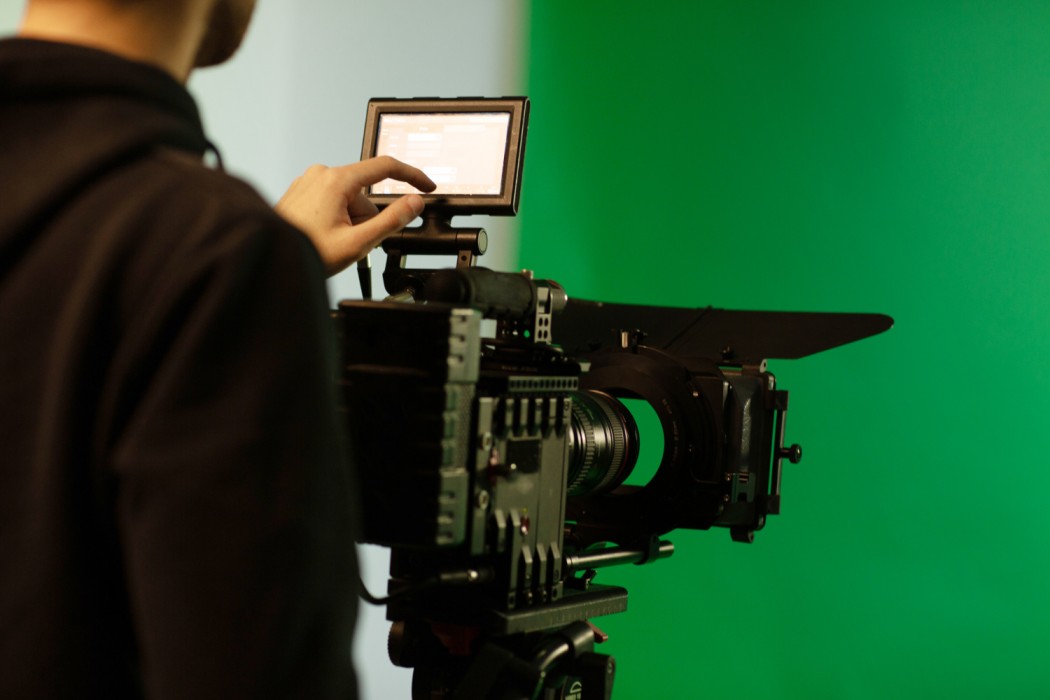In the realm of filmmaking, visual storytelling is an art form that transcends words and captivates audiences through the power of imagery, emotion, and narrative. From the grandeur of Hollywood blockbusters to indie gems and documentaries, the ability to craft compelling stories through visuals is at the heart of every successful film. In this guide, we delve into the intricacies of visual storytelling and explore key principles for effective film production.
Understanding Visual Storytelling
Visual storytelling is the process of conveying a narrative or message through visual elements such as cinematography, editing, mise-en-scène, and symbolism. It harnesses the power of imagery to evoke emotions, convey themes, and engage audiences on a visceral level. Whether it's a feature film, a short documentary, or a corporate video, mastering the art of visual storytelling is essential for filmmakers to create impactful and memorable experiences for viewers.
Crafting Compelling Characters and Narratives
At the core of visual storytelling lies compelling characters and narratives that resonate with audiences. Whether it's a protagonist embarking on a hero's journey, an ensemble cast navigating complex relationships, or a real-life figure in a documentary, characters drive the emotional arc of the story. By developing multi-dimensional characters with relatable motivations and conflicts, filmmakers can create narratives that draw viewers into the world of the film and keep them invested from beginning to end.
Utilizing Cinematic Techniques
Cinematic techniques such as camera angles, framing, lighting, and composition play a crucial role in conveying mood, tone, and perspective in visual storytelling. Whether it's the use of high-contrast lighting to create tension in a suspenseful scene or a wide-angle lens to capture the vastness of a landscape, each technique contributes to the overall cinematic experience. Filmmakers must master these techniques to effectively communicate their vision and enhance the storytelling process.
Embracing Symbolism and Metaphor
Symbolism and metaphor are powerful tools in visual storytelling, allowing filmmakers to convey deeper layers of meaning and subtext. Whether it's a recurring motif that represents a character's internal struggle or a visual metaphor that encapsulates the film's thematic elements, symbolism adds richness and depth to the narrative. By incorporating subtle visual cues and motifs throughout the film, filmmakers can engage audiences on an intellectual and emotional level, inviting them to interpret and analyze the story beyond its surface.
The Importance of Editing and Sound Design
In visual storytelling, editing and sound design are integral components that shape the pacing, rhythm, and emotional impact of the film. Through the artful juxtaposition of images, sound, and music, editors create a cohesive narrative flow that enhances the storytelling experience. Whether it's a rapid montage sequence that conveys the passage of time or a poignant silence that heightens the tension of a scene, editing and sound design contribute to the overall effectiveness of the film.
Conclusion
In conclusion, visual storytelling is a dynamic and multifaceted art form that lies at the heart of effective film production. By understanding the principles of visual storytelling, crafting compelling characters and narratives, utilizing cinematic techniques, embracing symbolism and metaphor, and mastering editing and sound design, filmmakers can create immersive and memorable experiences that resonate with audiences long after the credits roll. Aspiring filmmakers, take heed: the art of visual storytelling is yours to explore and master on your journey to cinematic excellence.

